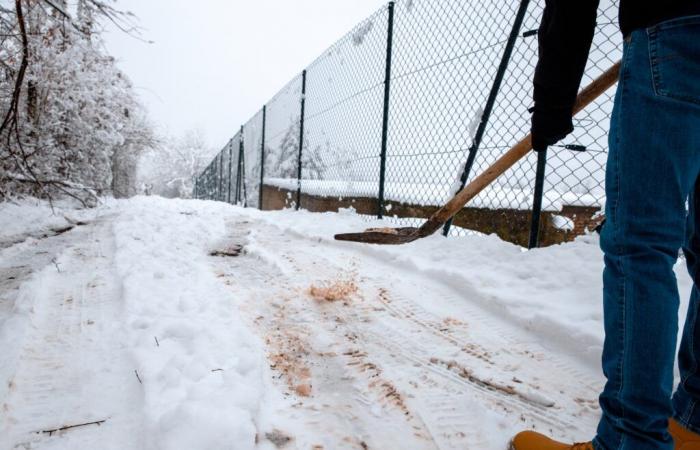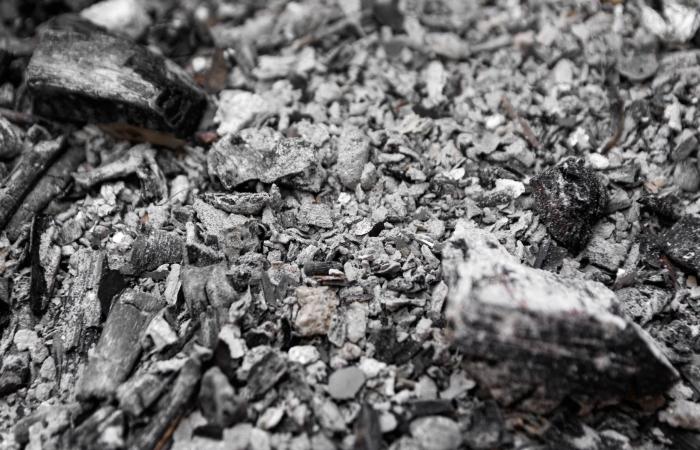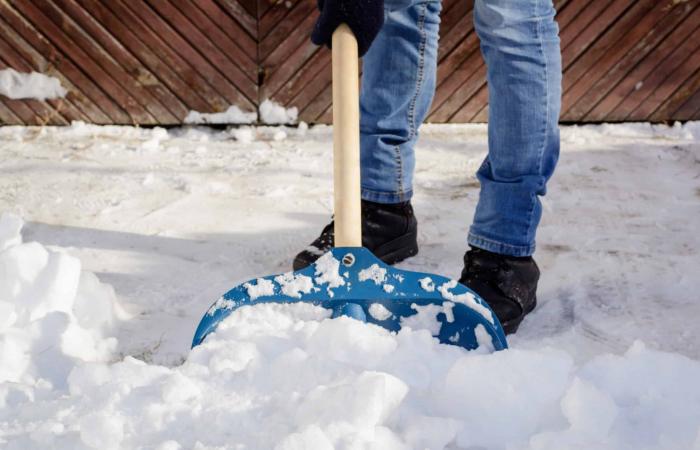With the first snow covering our roads and driveways, the reflex to add salt to prevent slipping is tempting. However, while this method is effective in melting snow and ice, it can have harmful effects on your soil, your plants, and even your infrastructure.
Here's what you need to know about using salt and eco-friendly alternatives to keep your driveway safe while protecting the environment.
With the arrival of the first frosts and the approach of snow, some of your potted plants, although magnificent and lush, may not survive if they remain outside. Bea…Read more
Why can salt be a problem?
Salt, or sodium chloride (NaCl), is often used to melt ice and improve traction on slippery surfaces. However, this solution has several disadvantages, including:
- Impact on soils and plants : Salt penetrates the soil and changes its composition, making it more difficult for nearby plants to grow. It can also burn roots and leaves.
- Corrosion of infrastructure : Salt is corrosive and can damage materials such as concrete, bitumen, and even metal parts of vehicles or gates.
- Effect on animals : Salt residue can be irritating to the paw pads of pets and wildlife.
- Water pollution : By diluting, salt can contaminate groundwater and disrupt aquatic ecosystems.
These inconveniences lead many people to look for alternatives to defrost and secure their driveways.
Alternatives to salt for snow removal and defrosting
1. Sable
Sand is a great alternative to salt to improve grip on frozen surfaces. Although it won't melt the ice, it significantly reduces the risk of slips. Sand is harmless to the ground and easy to clean once the snow melts.
Trick : Choose fine sand for better adhesion and avoid excessive accumulations which could clog the drains.
2. Wood ash
Wood ash is an economical and environmentally friendly option if you have a fireplace. It improves grip and contains minerals that benefit the floor when absorbed. However, it can stain certain surfaces.
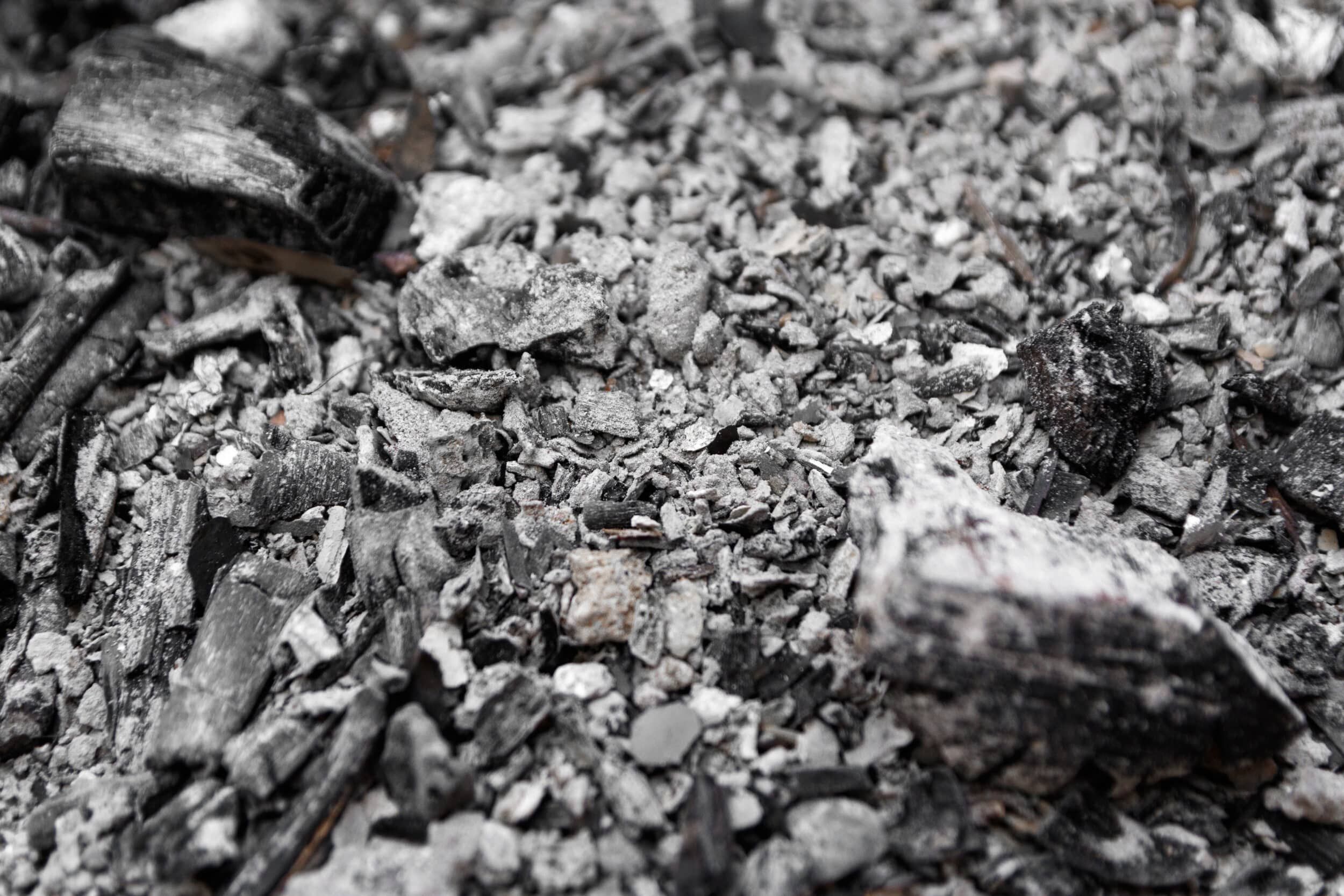

Advice : Apply a thin layer to avoid getting your shoes or carpets dirty when you get home.
3. Lava or pumice pellets
These natural materials, often used for mulching, are very effective in improving grip on ice. Unlike salt, they do not melt ice but provide a non-slip surface.
Advantage : The pellets are reusable after the snow melts and do not damage the ground or infrastructure.
4. Calcium and magnesium acetate solution
This product, often used in airports, is an alternative to classic salt. It is much less corrosive and has no negative impact on soils or plants. Although a little more expensive, it is effective in melting ice while respecting the environment.
Utilisation : Spray or spread this product on the areas to be secured before or after the appearance of ice.
5. Mulch or wood chips
For unpaved driveways, wood chips or mulch can create a natural non-slip surface. They are biodegradable and enrich the soil after their decomposition.
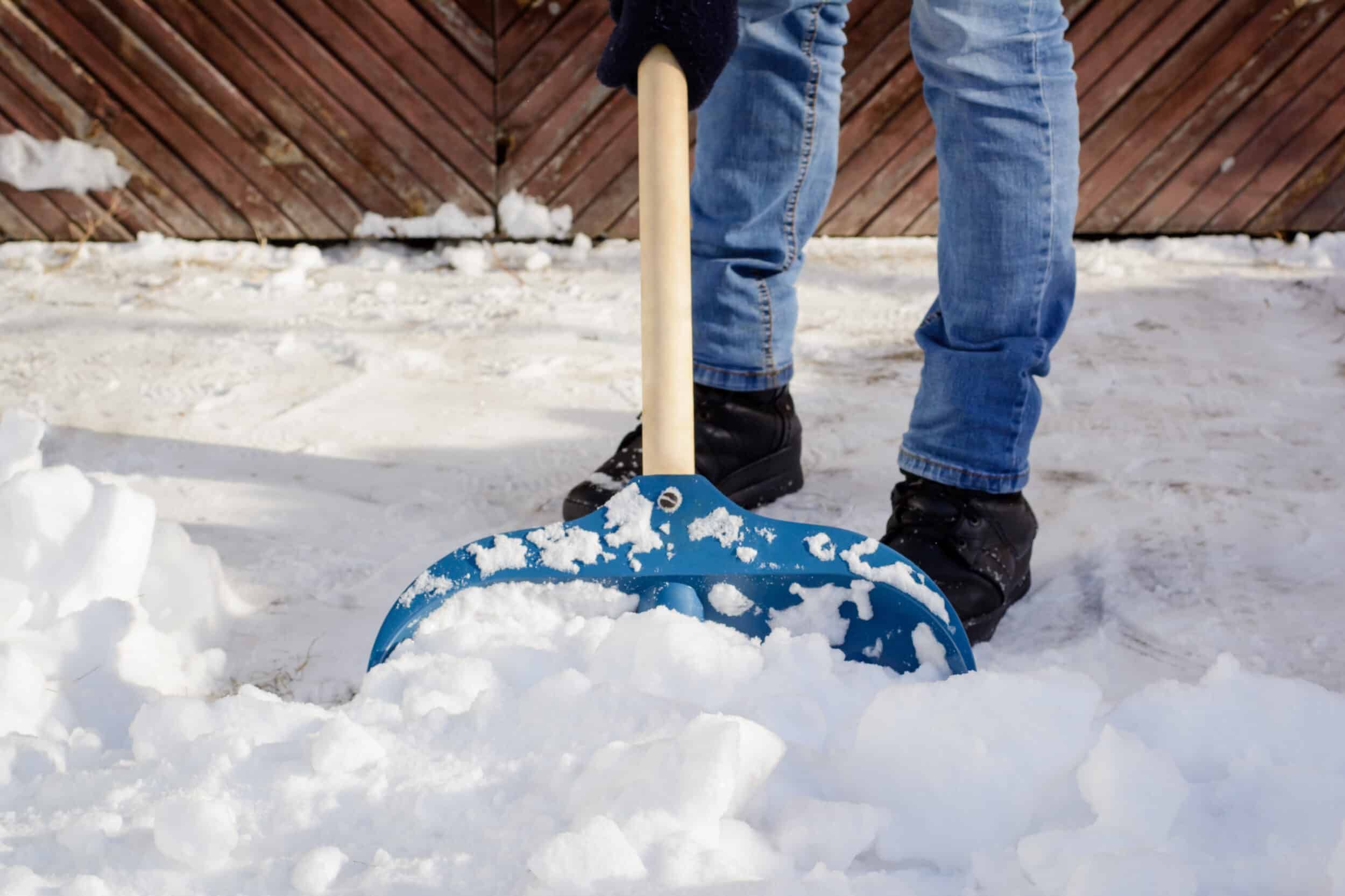

How to prevent snow and ice from setting in?
To reduce the formation of ice and limit the need for salt or using alternatives, a few simple actions can make a difference.
- Shovel quickly after a snowfall : Remove the snow before it starts to freeze. This prevents the formation of a hard layer that is difficult to remove.
- Install non-slip mats or grids : These devices provide immediate adhesion and are easy to remove after winter.
- Protect exposed walkways : If possible, install an awning or shelter to limit the accumulation of snow on the most exposed surfaces.
While salting your driveway remains an option in an emergency, it is best to choose eco-friendly alternatives like sand, wood ash or lava pellets to protect your soil and the environment.
By adopting these solutions, you secure your paths while limiting the harmful effects of salt on your garden, your infrastructure, and the surrounding nature. With a little preparation and good practices, facing snow and ice becomes a much simpler and more respectful task!

